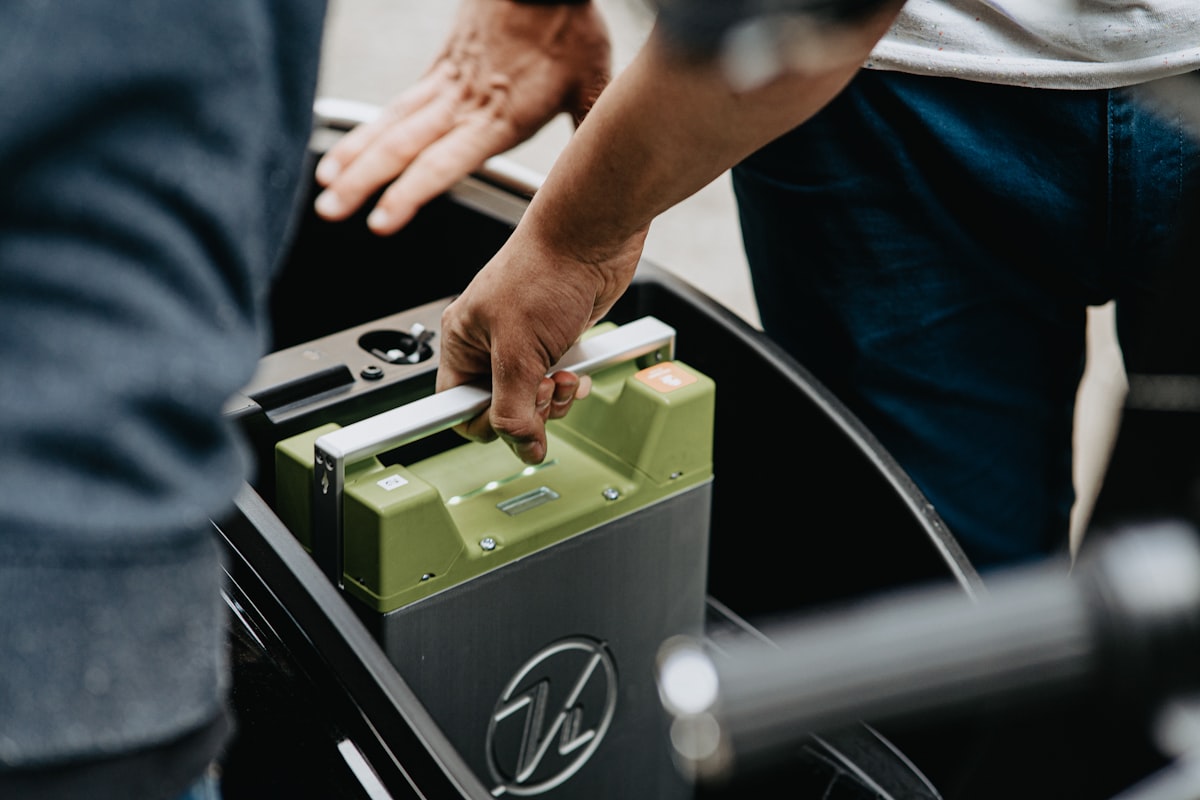How do electric vehicle batteries work?
In electric vehicles, energy is stored in batteries. Batteries for electric vehicles can vary depending on whether they are all-electric (AEV) or plug-in hybrid electric (PHEV). Most batteries made now can go 8 years or 100,000 miles without needing to be replaced.

In electric vehicles, energy is stored in batteries. Batteries for electric vehicles can vary depending on whether they are all-electric (AEV) or plug-in hybrid electric (PHEV). Most batteries made now can go 8 years or 100,000 miles without needing to be replaced. Particular batteries can live for 12-15 years in mild regions, and 8-12 years in severe ones.
Lithium-ion, nickel-metal hydride, lead-acid, and ultra capacitors are the four most common types of batteries for electric vehicles.
Energy Storage Media
Lithium-ion
Lithium-ion batteries are by far the most popular choice for electric vehicle applications. This battery is commonplace in small gadgets like laptops and cell phones, so you may already be familiar with it. Lithium-ion batteries have a great power-to-weight ratio, are very efficient with their energy use, and function quite well at high temperatures. This means that the batteries are very efficient relative to their weight, which is crucial for electric automobiles because lighter vehicles have a greater range per charge. Due to their low "self-discharge" rate, lithium-ion batteries are also superior than standard batteries in terms of preserving their capacity to hold a full charge over time.
The fact that most lithium-ion battery components can be recycled makes these batteries a good alternative for eco-conscious consumers. AEVs and PHEVs use batteries that are different in chemistry from those found in consumer electronics.
Hydride nickel
Nickel-metal hydride batteries are typically seen in hybrid electric vehicles but can also be found in some all-electric vehicles. Because they require fuel to fill their batteries instead of an external plug-in source of power, hybrid-electric vehicles are not classified as pure electric cars.
Nickel metal hydride batteries last significantly longer than lithium ion or lead acid batteries. They have a strong sense of safety and tolerance for violence. High cost, fast self-discharge, and excessive heat production at high temperatures are the primary drawbacks of nickel-metal hydride batteries. These drawbacks mean that these batteries are more often used in hybrid electric vehicles than in pure electric vehicles that can be recharged.
Lead-acid
Lead-acid batteries are used exclusively in electric vehicles at this time as a backup for other battery loads. While these batteries have many positive qualities—including high power output, low cost, security, and dependability—their limited calendar life and poor performance in cold weather make it difficult to use them in electric vehicles. Although high-capacity lead-acid batteries are now in development, they are only used as secondary storage in trucks.
Ultracapacitors
However, ultracapacitors are not batteries in the traditional sense. Instead of storing electrolyte and electrodes separately, they store polarized liquid in between them. The surface area of a liquid has a direct correlation with its energy-storing capacity. Like lead-acid batteries, ultracapacitors are best utilized as a secondary storage component in electric vehicles due to their ability to assist electrochemical batteries in balancing their load. When accelerating or using regenerative braking, ultracapacitors can provide electric vehicles with additional power.
Why do electric car batteries work the way they do?
In contrast to gasoline-powered automobiles, which use an internal combustion engine, all-electric vehicles use an electric traction motor. Rather of relying on conventional fuel tanks, AEVs store energy in a traction battery pack (typically a lithium-ion battery). The energy is required by the motor to drive the wheels. The traction battery pack is the part of the car that must be plugged in and recharged, and its efficiency in doing so determines the maximum range of the vehicle.
Plug-in hybrid electric vehicles use a traction battery pack similar to that of an AEV to power the electric traction motor. The key difference is the battery's internal combustion engine. When the battery is depleted, PHEVs switch over to the conventional internal combustion engine. The lithium-ion battery can be recharged by a variety of means, including an external plug-in charger, the regenerative braking system, or the internal combustion engine. Thanks to their battery and fuel combination, PHEVs offer a longer range than their all-electric rivals.
A standard battery charger can be used to charge the batteries of both AEVs and PHEVs. Either a Level 1 (120 V AC) or Level 2 (240 V for homes, 208 V for businesses) plug can be used. Rapid charging stations may use CHAdeMO and SAE receptors, which are not universal. Whatever automobile you get, be sure you know what kind of charging station it will accept.


